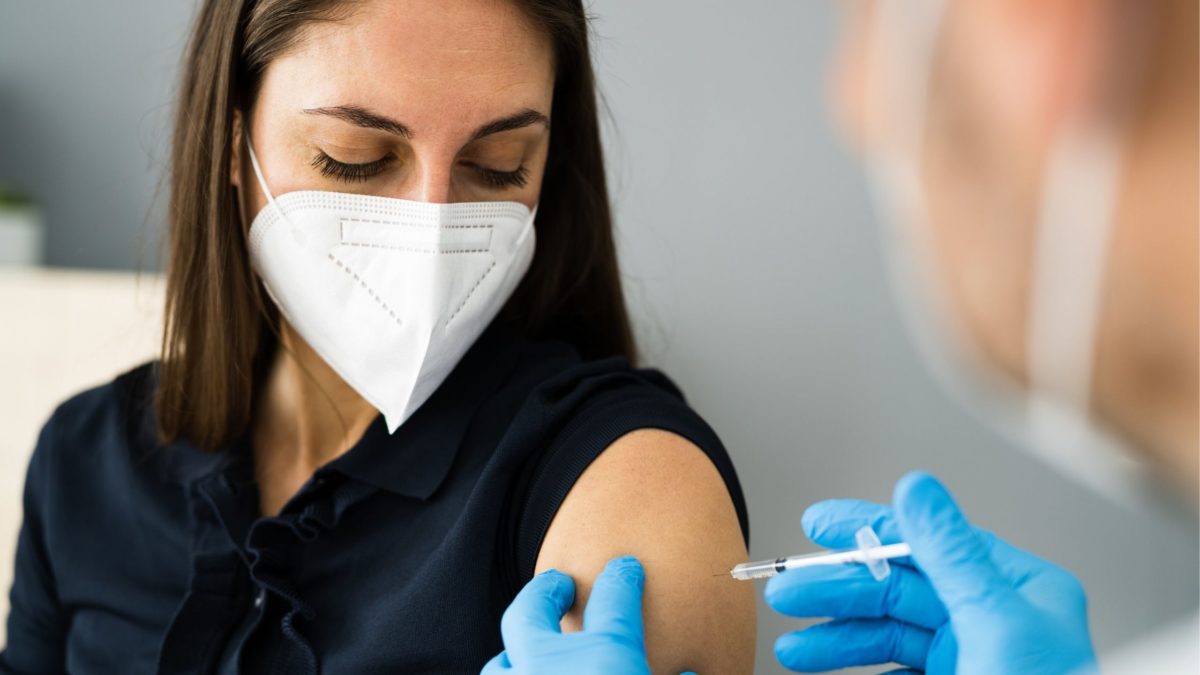Last year a number of state and local governments heeded President Biden’s call to use American Rescue Plan (ARP) dollars to reward people for receiving their COVID vaccinations. The expected surge of infections nationwide due to the spread of the Omicron variant may compel more states, counties and cities to do the same. The key to convincing more people to participate is avoiding headlines like this one: “Oneida County Asks for Patience Amid Slow Progress with Vaccine Incentives”.
That’s not to suggest that Oneida County’s “Boost OC” incentive program was not a success — quite the opposite. About 235,000 people reside in the Update New York county that includes the cities of Utica and Rome. Oneida County Executive Anthony Picente Jr. said more than 50,000 gift cards were issued to residents who sat down for their vaccinations and booster shots during the July 15 – December 31 timeline. Individuals can apply their $100 e-gift to 80 different local businesses and organizations, or request physical $100 gift cards. But the delivery of those rewards has been beset by delays.
The county’s COVID-19 hotline has been overwhelmed with calls from people inquiring about when they will receive their incentives, causing outages and long wait times. Anyone who provided their cell phone number or email address when they received their shot will be contacted via text or email with delivery status updates. But officials have said that can take months.
Collecting contact information for tens of thousands of people and delivering rewards can become a logistical nightmare. Oneida County officials and residents weren’t alone in experiencing frustrating hiccups and delays. West Virginia’s COVID-19 Czar admitted delivering his state’s reward — savings bonds — has been “onerous.” And Wisconsin’s Dept. of Health Services set the expectation that it will take six to eight weeks for participants to receive their rewards cards in the mail.
If governments can reduce the rewards delivery time frame from months to days, or even mere minutes, they will likely convince more people to schedule their vaccination appointments. Any business that asks consumers to evaluate a new product or participate in market research should understand that participants expect to be compensated — and the same rule applies to government vaccination incentive programs. Recipients don’t want to wait long for their rewards to arrive, so delivery must happen in a timely, frictionless, high-touch, secure, and transparent manner. That’s what the Virtual Incentives payment platform delivers.
The Virtual Incentives API streamlines the entire process, from registering eligible individuals to quickly delivering rewards and collecting recipients’ feedback on their experiences. We recommend sending rewards digitally instead of via snail mail so recipients can select instantaneous delivery to an email address, a mobile app, or a bank account, and choose their reward from multiple brands or as a virtual prepaid VISA card.
The ultimate goal is to help government agencies eliminate the reliance on manual registration and delivery processes that create delays. The longer people have to wait for their rewards, the less likely they are to participate.
It’s also important to set realistic expectations among government officials and residents wary of spending ARP money on vaccination incentives programs. Offering rewards won’t change the minds of people who have decided not to get a vaccination. But it is proven to give fence-sitters the push they need to make an appointment. A UCLA survey found that about one-third of unvaccinated individuals would get their COVID-19 shot if offered a reward. If you would like to explore how we can help increase participation in government COVID vaccination incentive programs, please contact us.
